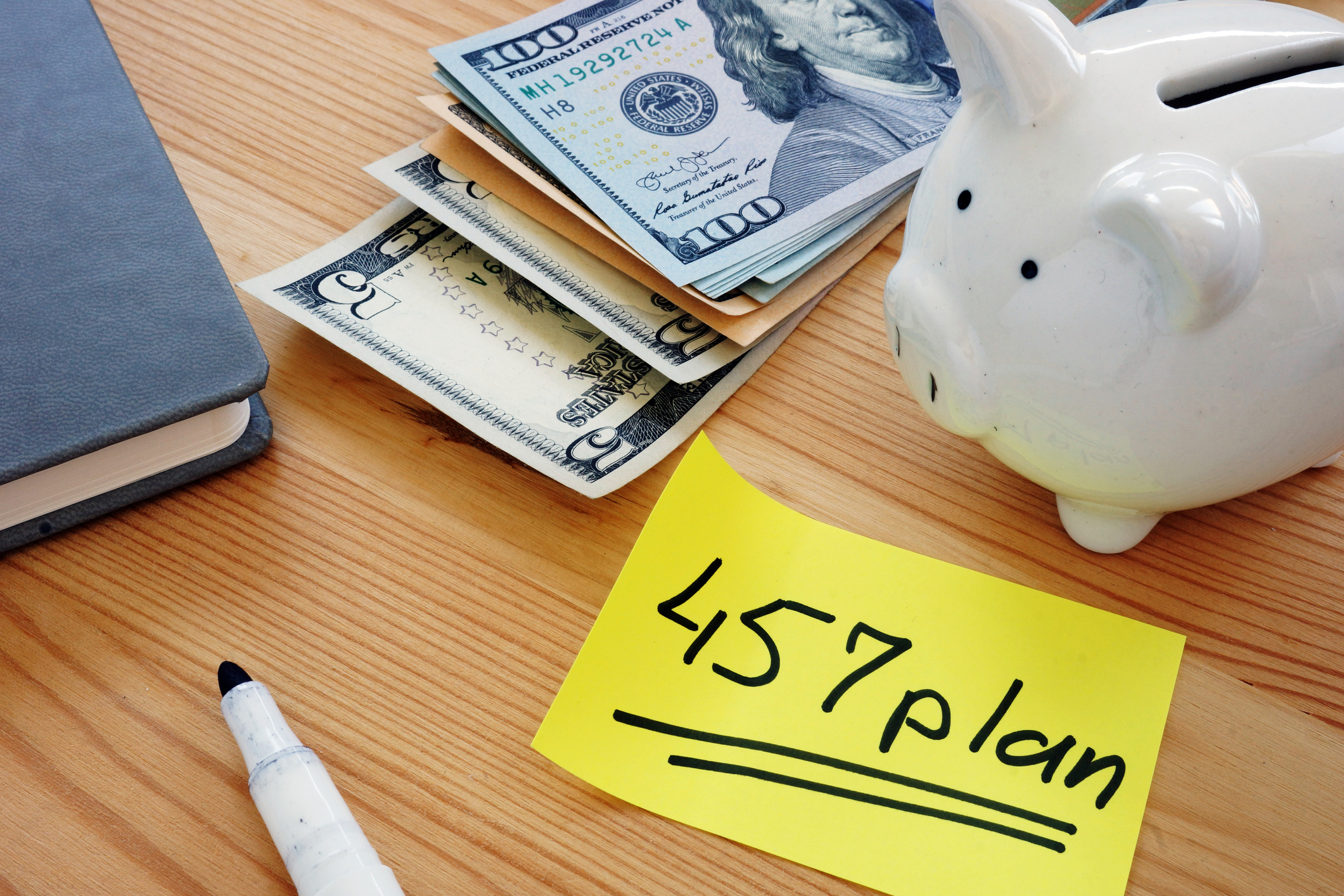Moving IRA Assets Into a 401(k)
A reverse rollover could benefit high earners and those working past retirement age.

Rollovers can go both ways. A reverse rollover moves money into a 401(k) from an IRA.
Such a rollover could help high earners use what's known as the backdoor Roth strategy. You can't make Roth contributions or deductible contributions to a traditional IRA if your income exceeds certain limits, but there are no income limits on converting a traditional IRA to a Roth or for making nondeductible contributions.
Walter Levonowich, 57, of Brookfield, Wis., faced this predicament. For him, "the only way to get money into a Roth is through a Roth conversion," he says. He says his IRA held after-tax contributions plus deductible contributions.
From just $107.88 $24.99 for Kiplinger Personal Finance
Become a smarter, better informed investor. Subscribe from just $107.88 $24.99, plus get up to 4 Special Issues

Sign up for Kiplinger’s Free Newsletters
Profit and prosper with the best of expert advice on investing, taxes, retirement, personal finance and more - straight to your e-mail.
Profit and prosper with the best of expert advice - straight to your e-mail.
Levonowich could have converted the IRA to a Roth and paid a sizable tax bill. His financial planner, Mark Ziety, of Shakespeare Wealth Management, in Pewaukee, Wis., suggested using a reverse rollover as a way around that tax bill.
Usually, when a retirement account has both pretax and after-tax money, a withdrawal is partially taxable—and the calculation to determine the tax bill can be complex. The reverse rollover enabled the pretax and after-tax dollars to be split. "The 401(k) can only accept pretax dollars, so that's how we can separate it," Ziety says. "All the money that's left in the IRA is after-tax dollars."
Levonowich moved the percentage of the money attributed to deductible contributions plus earnings into his 401(k). He converted the remaining, nondeductible contributions to a Roth IRA. Because the tax had already been paid on these contributions, there is no tax bill for the Roth conversion, says Ziety.
Another candidate for a reverse rollover: someone who is still working at age 70 1/2, when required minimum distributions must start. There's an exception to the RMD rule: A worker at that age does not have to take RMDs from the 401(k) of his current employer unless he owns 5% or more of the company. To avoid RMDs while still working, he could roll his IRA and any 401(k)s from former employers into the 401(k) of his current employer. The current 401(k) plan must allow such rollovers.
Haven't yet filed for Social Security? Create a personalized strategy to maximize your lifetime income from Social Security. Order Kiplinger's Social Security Solutions today.
Profit and prosper with the best of Kiplinger's advice on investing, taxes, retirement, personal finance and much more. Delivered daily. Enter your email in the box and click Sign Me Up.

-
 Stocks Struggle Ahead of November Jobs Report: Stock Market Today
Stocks Struggle Ahead of November Jobs Report: Stock Market TodayOracle and Broadcom continued to fall, while market participants looked ahead to Tuesday's jobs report.
-
 7 Dr. Seuss Quotes Retirees Should Live By
7 Dr. Seuss Quotes Retirees Should Live ByYou're off to great places! Why Dr. Seuss is the retirement guru you didn't know you needed.
-
 Fed's Rate Cuts Could Have Impacts You Might Not Anticipate
Fed's Rate Cuts Could Have Impacts You Might Not AnticipateUnderstanding how lower interest rates could impact your wallet can help you determine the right financial moves to make.
-
 457 Plan Contribution Limits for 2026
457 Plan Contribution Limits for 2026Retirement plans There are higher 457 plan contribution limits in 2026. That's good news for state and local government employees.
-
 Medicare Basics: 12 Things You Need to Know
Medicare Basics: 12 Things You Need to KnowMedicare There's Medicare Part A, Part B, Part D, Medigap plans, Medicare Advantage plans and so on. We sort out the confusion about signing up for Medicare — and much more.
-
 The Seven Worst Assets to Leave Your Kids or Grandkids
The Seven Worst Assets to Leave Your Kids or Grandkidsinheritance Leaving these assets to your loved ones may be more trouble than it’s worth. Here's how to avoid adding to their grief after you're gone.
-
 SEP IRA Contribution Limits for 2026
SEP IRA Contribution Limits for 2026SEP IRA A good option for small business owners, SEP IRAs allow individual annual contributions of as much as $70,000 in 2025, and up to $72,000 in 2026.
-
 Roth IRA Contribution Limits for 2026
Roth IRA Contribution Limits for 2026Roth IRAs Roth IRAs allow you to save for retirement with after-tax dollars while you're working, and then withdraw those contributions and earnings tax-free when you retire. Here's a look at 2026 limits and income-based phaseouts.
-
 SIMPLE IRA Contribution Limits for 2026
SIMPLE IRA Contribution Limits for 2026simple IRA For 2026, the SIMPLE IRA contribution limit rises to $17,000, with a $4,000 catch-up for those 50 and over, totaling $21,000.
-
 457 Contribution Limits for 2024
457 Contribution Limits for 2024retirement plans State and local government workers can contribute more to their 457 plans in 2024 than in 2023.
-
 Roth 401(k) Contribution Limits for 2026
Roth 401(k) Contribution Limits for 2026retirement plans The Roth 401(k) contribution limit for 2026 has increased, and workers who are 50 and older can save even more.